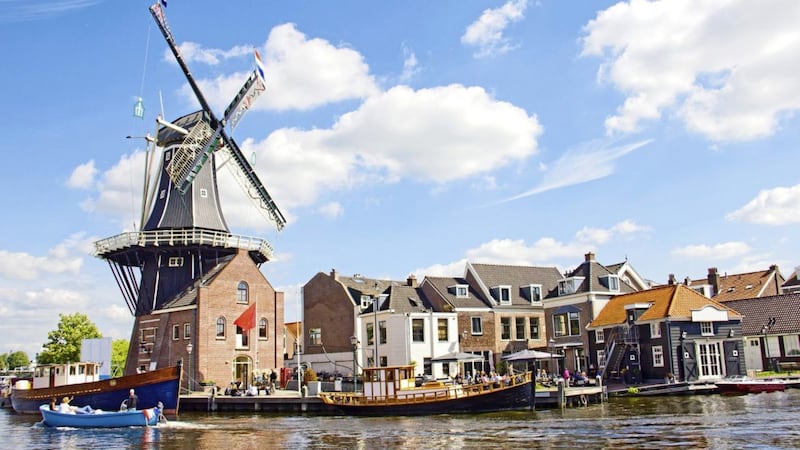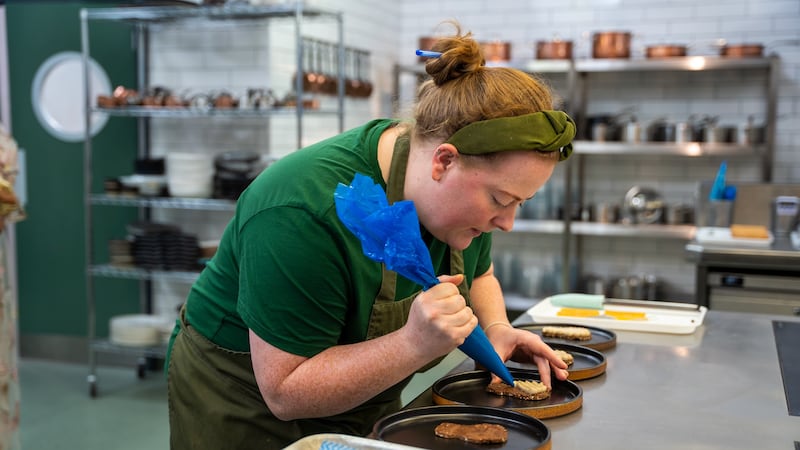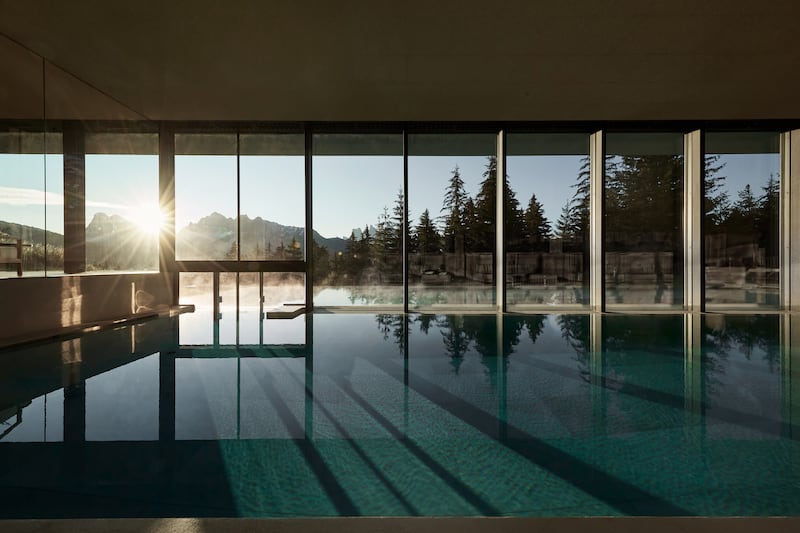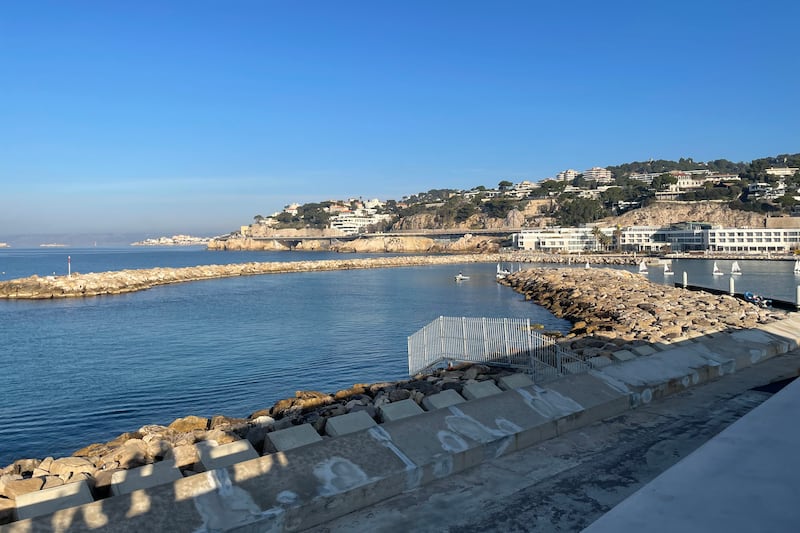THE city of Haarlem is perfect for a day trip from anywhere in the west of Holland or as a base from which to explore Amsterdam, a 20-minute train ride away.
A beautiful city of 160,000 on the River Spaarne with its own canal system, neighbourhoods of narrow, cobbled streets, funky little shops, cafes, bars and galleries – all of which make it a less hectic version of its bigger, more famous neighbour – Haarlem is also a lovely destination in its own right. We did an overnight at the comfy, friendly Carlton Square (carlton.nl/square), We found ourselves spoilt for choice when it came to eating and drinking; there's a huge range of pubs and restaurants serving food from all over the world in the city and you can always follow the locals' lead, as we did, and picnic in a park by the river.
If it’s art you want, sure, the Rijksmuseum is world class, The Night Watch alone worth a journey to the Dutch capital.
But Haarlem has its Dutch Masters too and Teylers Museum (teylersmuseum.nl) which houses an eclectic mix of scientific and artistic treasures, has a fantastic exhibition of Rembrandt sketches from its own collection on show until September – minus Amsterdam's crowds. Think of it: just you and some small, intricately detailed 370-year-old drawings by one of the world’s greatest artists in a dimly lit room. (We had a moment, me and old Mr Van Rijn.)
However, Haarlemers are prouder of their own city’s most famous painter, Rembrandt contemporary Frans Hals, and another of Haarlem’s art museums bears his name (franshalsmuseum.nl). Even if you’re not an art lover, there’s such a range and such depth and beauty that you might well be converted, or at least moved.
Haarlem’s architecture can’t but impress, from its two imposing churches named after St Bavo – one Catholic, one Protestant, of course – to its old breweries and typically Dutch canal-side merchant’s houses which, as you’ll notice from the paintings in the museums that feature them, haven’t changed much down the ages.
We walked the streets with a woman from Visit Haarlem (visithaarlem.com), who was slightly anxious lest we send too many visitors her way – yes, it’s a double-edged sword, this tourism thing – and who gave us expert insight into her historic home town, including its quaint and even elegant almshouses, which are still housing elderly people centuries after being established as charitible institutions.
But on a sunny day you have to make like a native and take to the water; a small-group canal tour with informative, witty and proudly local tour guide-cum skipper Jeroen Hagen (haarlemcanaltours.com) was fun, relaxing and a great way to meet visitors from other parts of the world, all equally charmed by Haarlem.
Our vessel's last port of call was the landmark Windmill De Adriaan, Haarlem's poster boy since the 1700s, though today's is a faithfull recreation of the original, which burned down in the early 1930s. Although now a museum – with lots to interest people of all ages (who have a head for heights), incidentally – it it fully functioning and has in fact been used to train would-be old-school windmill operators. Which I guess is sensible as windmills were originally designed to pump water from below-sea-level Holland and you never know when you might have a power cut...
Read more: Going Dutch in Duinrell makes for an awesome family holiday








